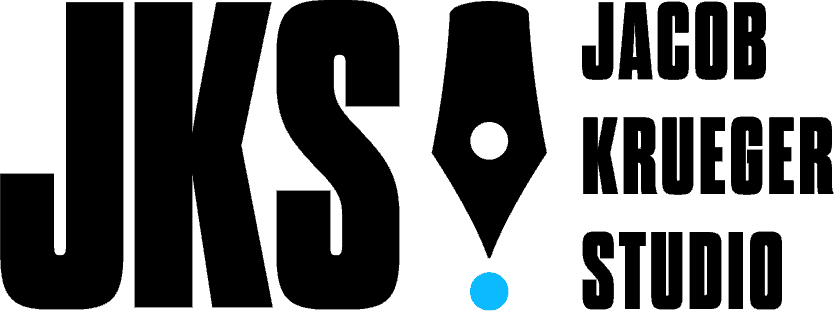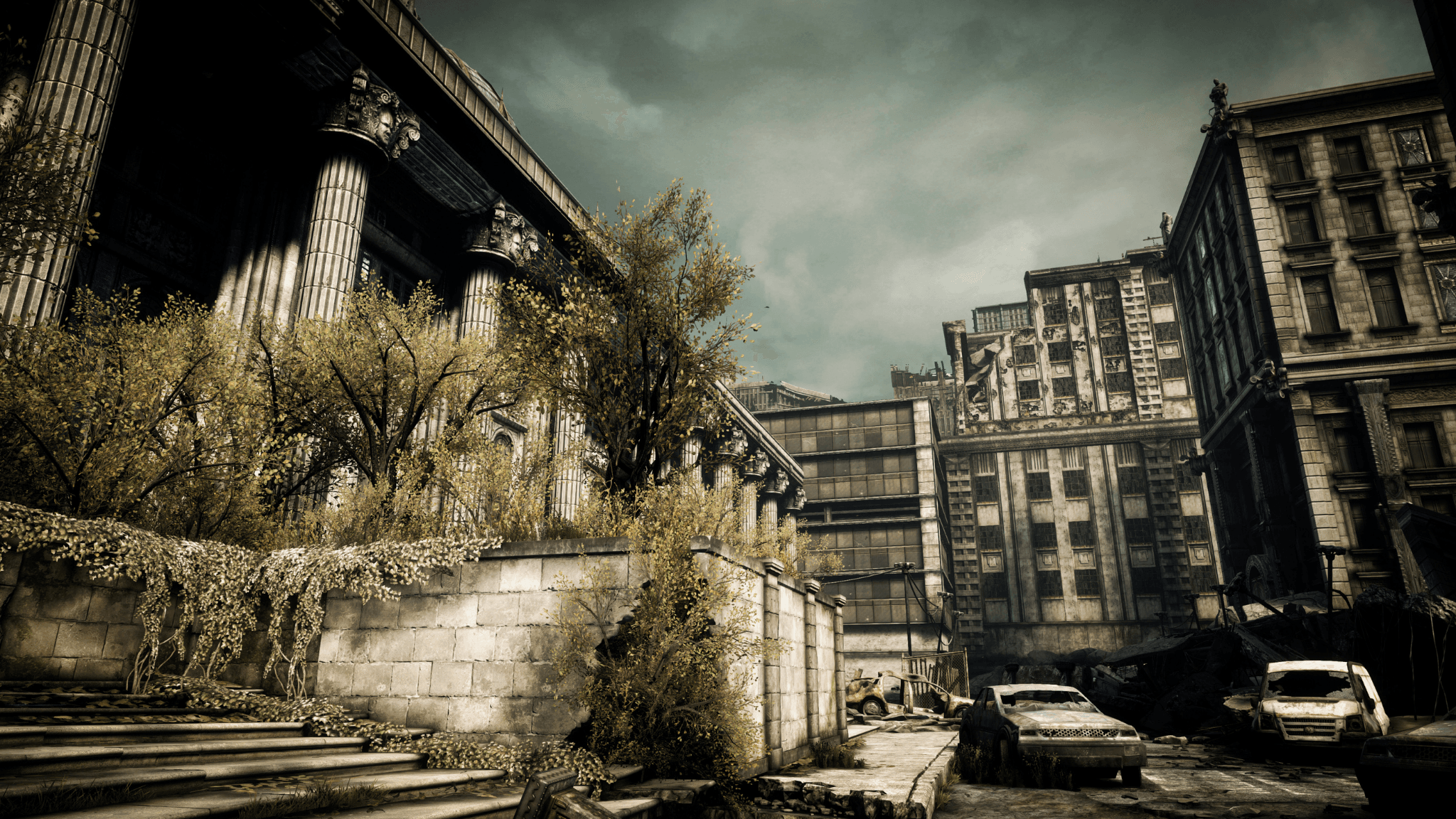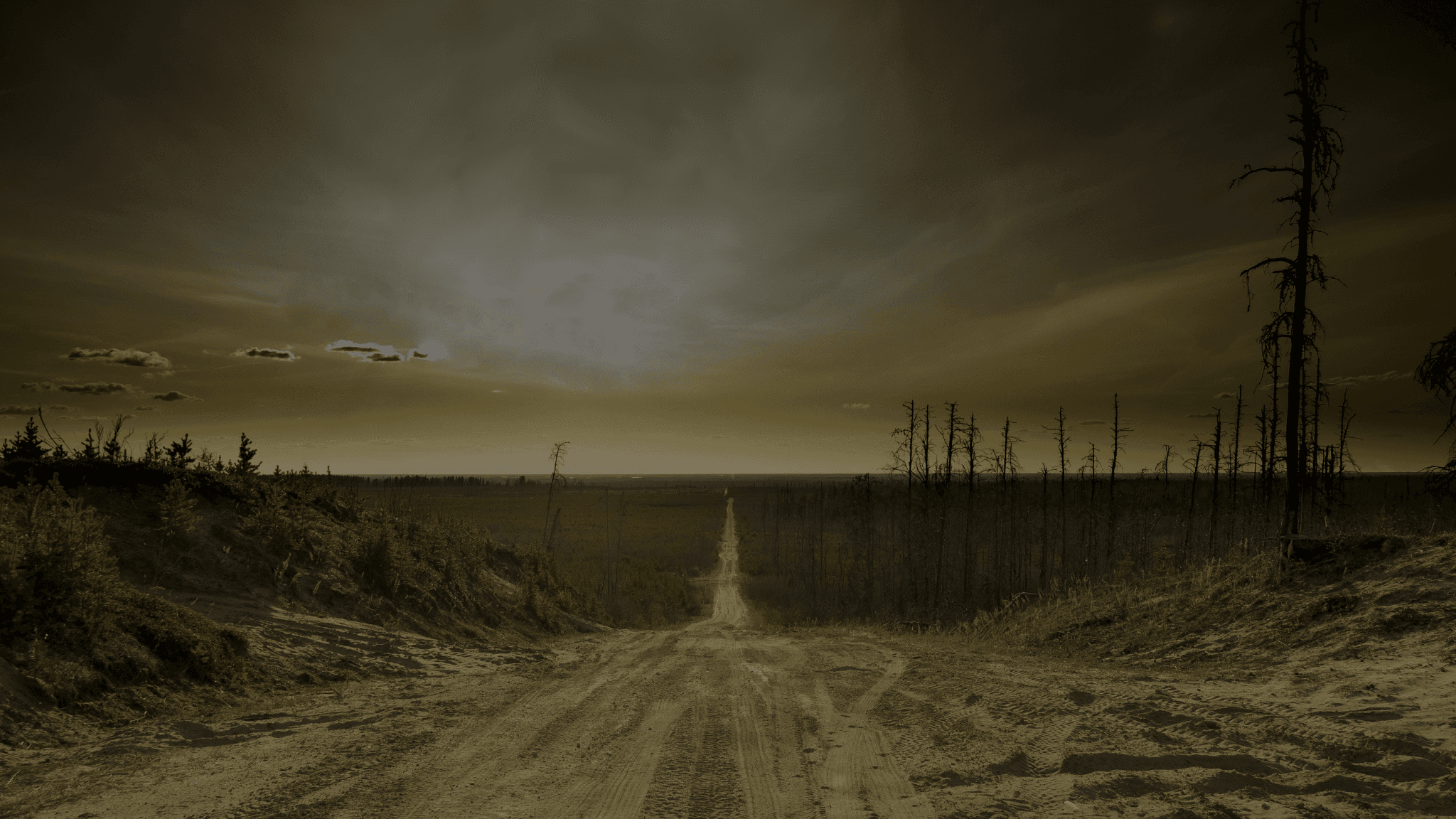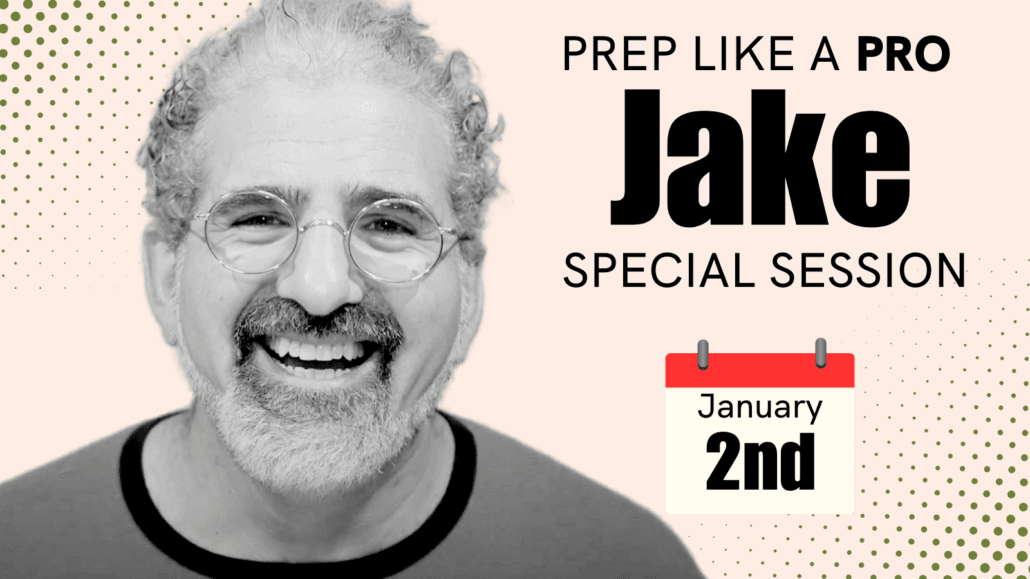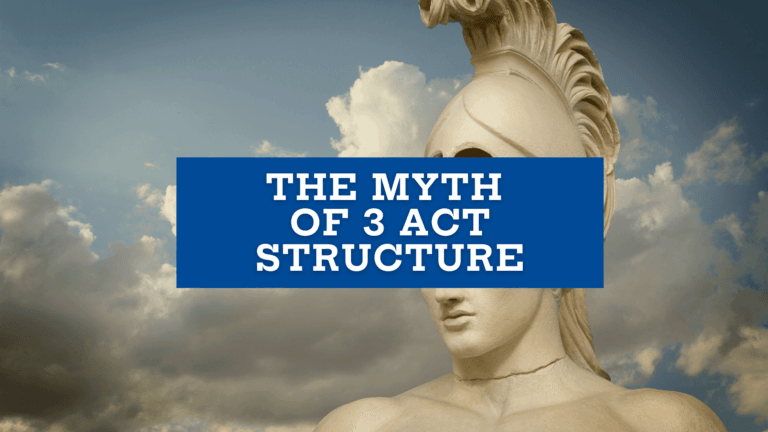The Last of Us: How To Find Variations on Your Series Engine
This week we’re going to be talking about The Last of Us, the HBO TV series by Craig Mazin and Neil Druckmann.
For the last couple of episodes, I have been hammering on this idea that the TV Series Engine is designed to make each episode of your TV series feel both the same and different… but then we get to Episode 3, an episode that feels… well, different and different.
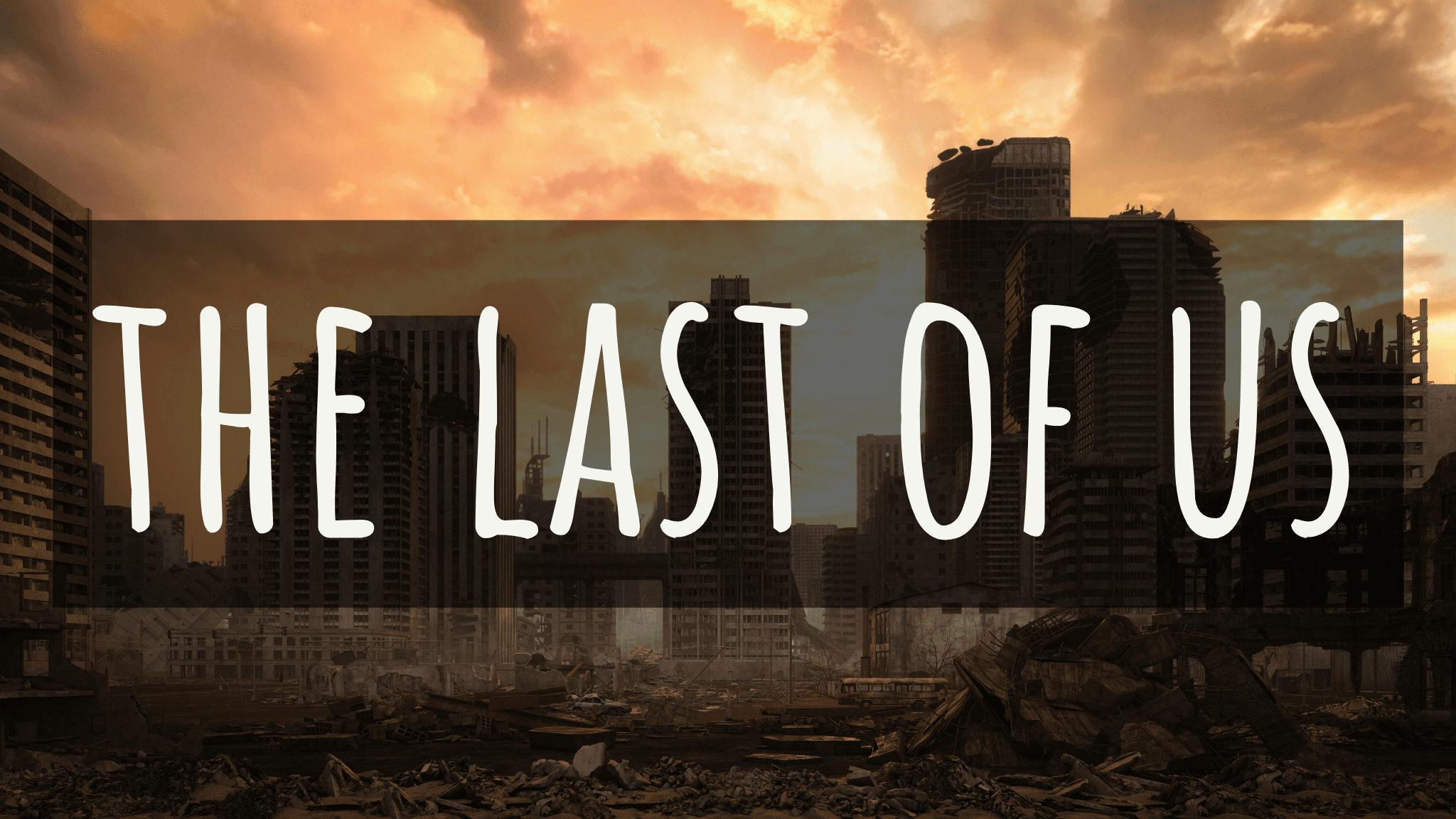
Episode 3 of HBO’s The Last of Us series seems to completely break the engine of the show, at least in the way we usually discuss it. So what the heck is going on here? And why does it work so well?
We’re going to have a really fun ride, talking about some of the variations you can pull off within the engine of a TV show, and some of the ways that we can start to push against expectations while still keeping that engine intact.
Even better, we’re going to be talking about idea creation, and how to take a “seen it before” idea (like a zombie apocalypse) and transform it into something that feels new and fresh— whether that’s a video game, or a TV series (or, as in the case of The Last of Us, both!)
Now, I want to warn you, there are going to be quite a few spoilers of Episodes 1, 2, and 3 of The Last of Us TV series in this podcast. I’m not going to spoil anything beyond Episode 3, so if you’re up to Episode 3, you’re set.
If you’re not up to Episode 3, turn off this podcast, watch the show, and then come back. You’re going to get more value out of our conversation here if you’ve seen The Last of Us– and it’s quite a show.
Also, note that I’m not an expert in The Last of Us video games. Analysis of the changes between the game and the show are based on research— so if I’ve gotten anything wrong, or if there are any ideas that can be deepened by experts in the game, please let me know in the comments.
Let’s start by talking about the premise of The Last of Us TV series.
It’s a hard premise to pull off, and it’s hard because of its simplicity.
How many zombie movies have we seen? How many zombie series have we seen? How many zombie video games for that matter?
How do you walk into the post-apocalyptic genre and outdo The Walking Dead? (Which, by the way, pre-existed not only the show, but also the game).
One of the constants of being any kind of writer: a screenwriter, a video game writer, a TV writer, is always being concerned that our ideas aren’t good enough. Maybe it’s derivative? Has it been done too many times before?
Well, what has been done more often than zombies?
On the surface, it would seem like The Last of Us is a pretty bad idea— not only for a TV series but even for a game! The truth is, had these writers been less experienced, they might have depressed themselves out of it: do we really need another post-apocalyptic “zombie” series?
To make matters even more challenging, the foundational structure of the Last of Us is one we’ve seen before, in other shows, in games, and in novels. It’s basically Cormac McCarthy’ s Pulitzer Prize–winning book The Road, set in a zombie world. And even The Road is derived from Stephen King’s The Stand– we can see the elements that carry through all three, the apocalyptic pandemic and the traveling survivors searching for somewhere safe.
So looking at The Last of Us as a TV Series, and as a game, we have a premise that someone who only took a surface look would tell you is doomed. The idea just “isn’t good enough.” We’ve seen this premise a million times before: After the zombie apocalypse, a father and daughter travel together and try to survive in a cruel world while watching civilization rebuild.
Sounds pretty familiar, right?
Yet, The Last of Us franchise has been hugely successful, not only as a game, but also as a TV series. And I’m not just talking commercially. I’m also talking artistically.
So why does it work? Why has this idea, which seems on the surface like it’s built entirely from elements that have already been done to death, captured the attention and the passion and the emotions of audiences in such huge and unexpected ways?
Well, part of it is that Craig Mazin and Neil Drukmann are brilliant. But it’s a brilliance any screenwriter can harness: You take an idea that feels like it’s been done to death and push on it. You push on that idea enough to transform it into something new and fresh and original.
The Last of Us teaches us that you can create a fantastically engaging story even if on the surface it seems like your idea just isn’t good enough. All you have to do is push on it.
This is probably the most common feeling that writers have: My idea isn’t good enough.
So many writers sit around thinking, “I’d really like to write it but it’s been done… I’d really like to write it, but don’t have the right idea… I really want to do something but I don’t have it perfect yet…”
They’ve stopped before they could even start, and all because of a misconception.
The most important part of coming up with an idea is not having an original idea. No idea is really all that original in its initial form, in its elevator pitch.
Ideas become original as you push on them.
The most important part of coming up with an idea is your passion for it, your drive for it, your desire for it.
The most important part of coming up with an idea is your connection to something real, something that matters.
And don’t worry, if you’re having trouble accessing that, you find that connection in the same way. You take the idea you’ve got, and you push on it.
The first thing you want to do, when you’re working on an idea that’s “been done,” is dial in and get more specific. The Last of Us gives its zombies this treatment in a highly effective way in both the video game and the HBO Series.
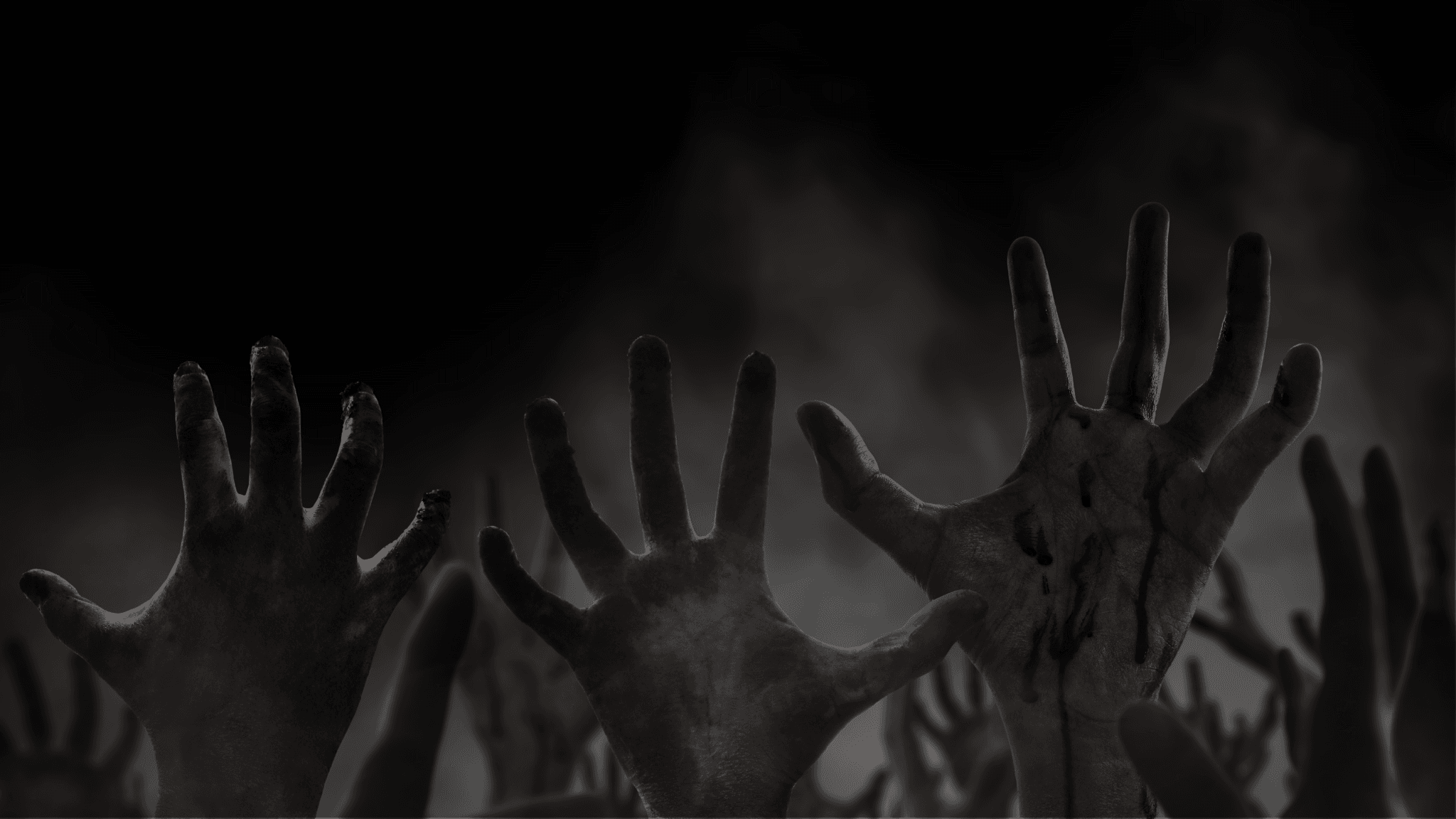
One of the ways you can get more specific is by looking at other, similar stories, and searching for the holes. What does everybody do that just isn’t that interesting? What’s taken for granted in this kind of story, and how can you push on that to create something new?
The first little twist that the writers give this zombie project is to root it in some science that feels really real. The Last of Us series begins with the science that made the video game unique, and takes it to the next level.
Episode 1 of The Last of Us series begins with some scientists in the 60s, talking about something you might have heard about before: Cordyceps, the fungus that takes over the minds of ants and basically turns those ants into zombies that spread its spores.
It all starts there: instead of rooting the zombie apocalypse in traditional zombie mythology or just short-handing where it all came from, what if we rooted it in some science that feels real?
But the writers went even further than that– they took this very real fungus that exists in the game, and connected it to global warming and the idea of a threat that’s been around forever and no-one has paid attention to: the Earth warms up, and these fungi mutate. Up until now, they have only been able to infect ants… but in a warmer climate they can take over the minds and bodies of people.
So the first choice that makes The Last of Us a special kind of zombie show is rooting the premise in something that feels like real science, something that feels terrifyingly possible, and something that seems terrifyingly resonant with what we’ve all just been through… and what we’re about to go through…
As in The Last of Us video game, that little scientific twist on the nature of the “zombies” also creates a unique visual world in The Last of Us HBO series.
We are in the world of fungi, and that makes the kinds of zombies that we meet more terrifying. The mushrooms growing out of the zombie bodies and faces make the series more visually stunning, more unique.
When you get down to it, it’s just a zombie, but this is a fungal zombie, so it looks and feels different.
And the idea of Cordyceps zombies becomes even more exciting the more you push on it.
What other scary, crazy things can fungi do? What kinds of creatures might they evolve into? How can they communicate through root systems? How does this make our zombies faster, stronger, harder to kill, more terrifying than other zombies? What are the most horrifying images that we can create based on the Cordyceps idea, images we’ve never seen in a video game, or a TV series before The Last of Us?
We also have a problem that needs to get solved. You see, in the video game, people are infected through spores in the air, and while that may be fun in a game, in a show, covering the bottom half of an actors face with a mask is taking away one of their primary tools of their craft. Just like in the real world, it’s harder to connect when we can’t see someone’s micro-expressions. Furthermore, sure, this piece is metaphorically about Covid and global warming, but push on it too hard visually, and we might lose the fun.
But problems like this are also a way to find hook. Again, by pushing on the Cordyceps idea, the writers find a wonderfully unique answer. Instead of infecting through spores, the zombies infect mouth to mouth, through horrifying images of fungi growing out of one mouth and into another.
The way that the setting of The Last of Us is created is also built out of this simple little twist: The worldbuilding is all about plants.
It’s a post-apocalyptic world where there are plants growing out of everything, and where even the remains of bodies are covered in fungi. So many post-apocalyptic shows and movies build their worlds around the concrete remains of our modern world, but in this world, fungi and other plant life are crowding into our space, taking over everything in visually spectacular ways.
So much of what makes the world of The Last of Us work grows out of this simple little twist. The writers are “Yes, and-ing” this one little detail of a very traditional genre, and you can see all the ways it elevates their piece.
And they’re not the first people to do this. My friend Jim Hart takes a similar approach with his adaptation of Bram Stoker’s Dracula. Jim said to himself, “Okay, Dracula has been told the same way a thousand times. But what if Dracula was actually a love story?” And he gives a traditional horror movie this little tiny twist, and suddenly it becomes something fresh and new.
So if you feel like you’re in a world that’s been explored before, look for where the holes are. Look for the thing that everybody does the same way. Look for the thing that doesn’t feel realistic, and ask yourself, “Okay, what if I got more specific? What if I looked at that in a slightly different way? What if I gave that a little twist?”
Then, you start to “Yes, and,” to respond, to mirror from there and suddenly, you’ve got a hook to your writing. You’ve elevated your take on the genre. Even though we’ve seen a million post-apocalyptic worlds, we haven’t seen the world of The Last of Us. Even though we’ve seen a million different kinds of zombies, we haven’t seen the zombies of The Last of Us.
This is the beginning of taking an idea that we’ve seen before and transforming it into something that feels fresh and new. This is the beginning of writing within a genre.
The next way to take a common premise and turn it into something special is by playing with the theme. You can see this in The Last of Us series, where that fantastic, real-feeling zombie apocalypse is the background for very human and relatable themes.
Now to be clear, at the recording of this podcast we are up to Episode 6 of The Last of Us series. I won’t be spoiling anything past episode 3, but not all of the episodes are out yet. I feel pretty safe in saying I know the theme, but until the full series is released it’s possible the writers might still surprise me.
But from the first six episodes, and certainly the three episodes that we’re talking about today, there is a pretty clear theme emerging. That theme is connection. That theme is learning to care for somebody else.
So we have Joel, the Pedro Pascal character. Joel is a normal guy, a contractor who loves his brother and his daughter, Sarah. And what Joel wants in Episode 1 is to finish his construction project. We meet him on his birthday, and he wants to finish what he’s working on. He loves the hell out of his daughter, but he wants to work a double shift just to get this job finished– which means he’s not going to be home to celebrate his birthday with her.
The things that matter to Joel are his work and his daughter. Joel is a man who cares about others but is drawn away from them by something that feels really important in our world… something that won’t feel very important at all in the world we know is coming.
The show makes a really interesting choice: the camera for the first episode is almost exclusively on Joel’s daughter, Sarah. And that is a really surprising choice, because as a brand new audience, unless we know the video game, we’re going to think she’s the main character, that Sarah is the thread that this story is going to be built around. This very young girl is at the center of the apocalypse that we know is coming. This girl who cares about her elderly neighbors, who cares about her father but doesn’t see as much of him as she’d like: we are meeting a connected, caring human being.
And by the end of the episode, the unthinkable happens. This girl that we’ve been watching, that we’ve been falling in love with, that we’ve been planning to spend a series with, is brutally murdered. And we realize she’s not the main character. She’s gone.
It’s actually her father, the guy who’s been present in her life but has been mostly off camera working, who is our main character… or at least now seems to be.
Watching Episode 1, we’re certain we’re going to be watching a father-daughter story– until we’re left with just a grieving father whose connections with other people have been ripped away by the literal end of the world.
What’s happening here is really cool. You see, we’ve been promised this father daughter story, and it’s been ripped away from us. But we also know that the TV pilot must work as a blueprint for the rest of the series. We’ve been promised a father daughter story, and somehow the series has to deliver it, or we’re going to feel ripped off. But the story is not going to deliver it in the way we expected.
This theme of connections, of losing people you never thought you could lose, is part of The Last Of Us’ TV series engine.
Our genre expectations as an audience have been broken already– the death of Joel’s daughter tells us that in this series, anyone can die. Even the character you think is the main character can die.
This puts us exactly in the position Joel’s in: the foundation of our world has been pulled out from under us. Our primary connection to the world of The Last of Us has been severed. The audience’s experience and the character’s experience are lining up.
The audience’s experience mirroring Joel’s experience is another primary part of the engine.
One of the things that you will see in each of the first six episodes of The Last of Us series, is at the end of each episode a character dies. Specifically, a character you never imagined would die.
In each episode of The Last of Us, the writers make you fall in love with a character that you think is going to be part of the primary cast. And in a traditional TV series, they would be.
Because we’re used to watching these shows, and we’re used to watching communities build around our main characters, because that’s what happens in these kinds of post apocalyptic shows. We’re waiting to watch the society rebuild.
In each episode, as a primary part of the engine so far– although I have a feeling they’re going to start to play with our expectations a little bit– they make you fall in love with a character. They set it up so you feel safe, that this one is clearly going to be part of the cast.
And then they kill that character off.
They do this because it puts us in Joel’s (and eventually Ellie’s) shoes, shows us the power of the apocalypse and how impossible it is to build any kind of foundation in a world where you can literally lose anyone.
Every single death is going to drive the impossibility of connecting with other people home, for the characters and for the audience, at the same time.
When we meet Joel again, 20 years later, in The Last of Us, Episode 2, his ability to connect with other people has been severed by the death of his daughter.
The man we’re meeting now is a mercenary, primarily out for himself. He has a partner, Tess, who you can sense that he probably loves. But the two of them are pretty frank about being mercenaries. They hold each other and the world at arm’s length. Joel and Tess do not have connections to other human beings. Love isn’t really a possibility for them the way it was in the past.
We’re watching a man who has the chance to connect, but who is afraid to do so because he has lost so much. He’s lost his brother, who he is desperate to get back to. He’s lost his world. But he’s also lost his daughter, and in the wake of losing her he’s having trouble caring about other human beings like he used to.
In Episode 2 of The Last of Us series, Joel is charged with carrying this girl, Ellie, who may be the hope for civilization, to an underground organization called the Fireflies. Now, of course, we’ve seen this before too, right? This is Children of Men, the story of the one person who might be the cure to the terrible apocalypse, and the mission to transport them to help.
What makes The Last of Us series work is that it’s actually built around their relationship: it’s the story of a man who does not want to connect, connecting again despite himself.
Instead of watching society re-forming, we’re watching the story of connection re-forming in the wake of a personal apocalypse.
That theme of connection is even carried through with the fungi: the infected people are connected through a root system in a way that the human beings are not. They have, quite literally, “found their roots” by being taken over by this fungus. You can see the design of the infected as a riff on that theme of connection and disconnection.
Although we won’t know for sure until the finale, what I believe we’re really watching in The Last of Us is the story of people finding their roots again in each other. And when you see that, you know that The Last of Us is not really about the zombies.
The Last of Us is really about how hard it is to love and trust in the wake of loss. And that is what makes the show universal.
We’re not in some baloney zombie world, we are in an emotionally truthful world. We’re in a metaphor for our own experience.
We get to the end of Episode 2 of The Last of Us series, and again, we think we know what we’re watching. We’re watching the story of a family, right?
We have the tough as nails tweenager who thinks she knows everything, even though she was born in a world that’s already ended… and by the way, her blood may be the salvation for the world.
And we have “mom” and “dad” who don’t want to be mom and dad, who think they’re just mercenaries and this is just another job.
It looks like we’re just watching The Mandalorian all over again! Which makes sense, considering that Pedro Pascal is cast as the main character.
We’re ready to watch that tough as nails Mandalorian falling in love with cute baby Yoda all over again, just like I talked about on my Mandalorian podcast back then. We think we’re watching the same thing here: a family developing in the wreckage of humanity.
But that’s not what we’re watching.
The engine of the pilot replicates at the end of The Last of Us, Episode 2 and tears everything out from under us all over again when Tess dies.
Once again, we are put in the position of the main character: the thing that we didn’t think could happen has happened, and once again, Joel’s ability to connect has been shattered. The family has been shattered by the apocalypse.
So we’re rebuilding this human emotional connection all over again, after a second tragedy has torn it apart.
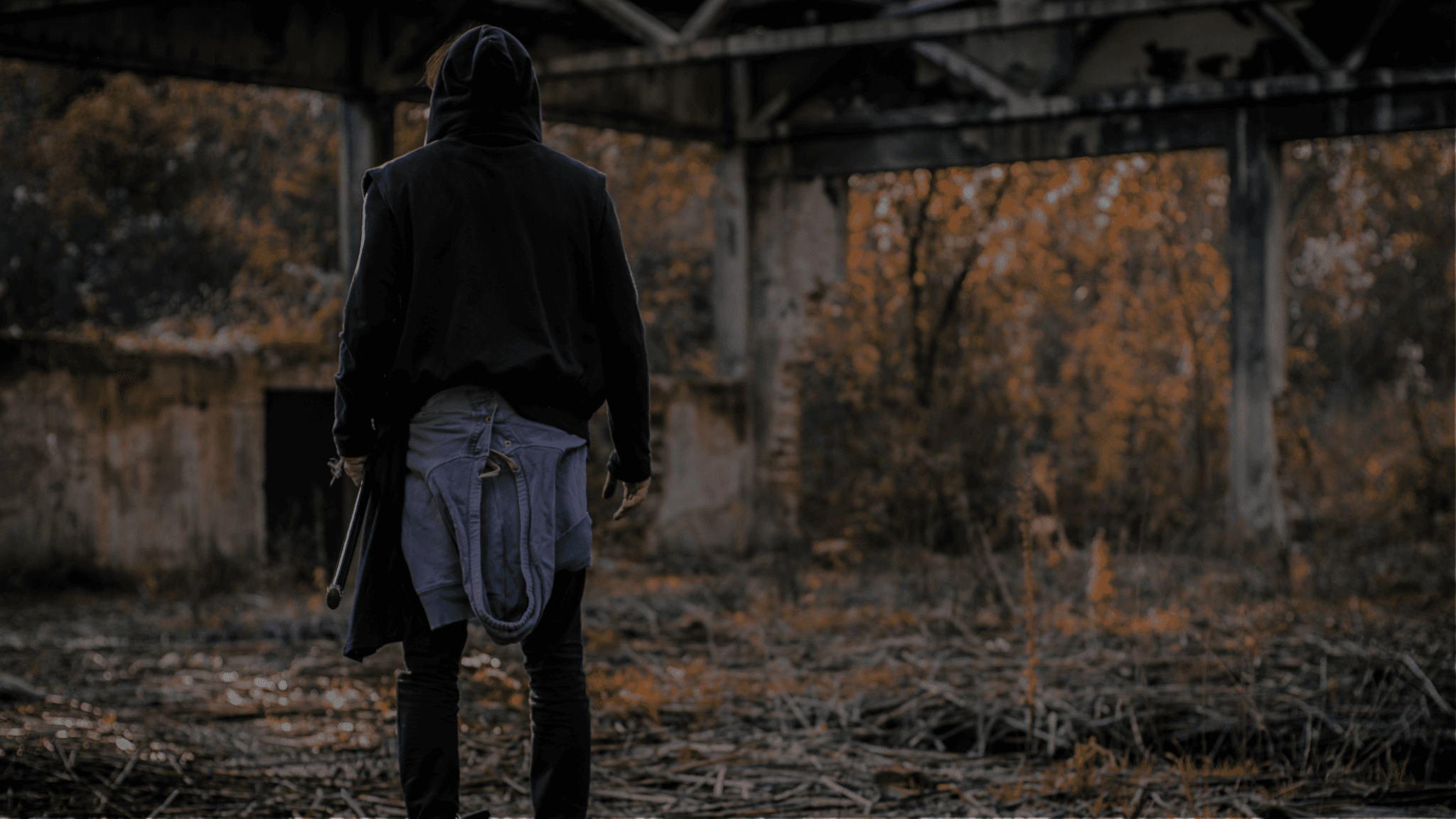
There’s another element that threads through The Last of Us series as well. The Last of Us has really badass zombies.
There are no fantasies of mowing through legions of shuffling corpses here. Even a single zombie is a deadly threat. They don’t move like all their muscles are gone, or lose bits as they walk. The zombies in The Last of Us are fast, deadly, and hard to escape. The infected are as horrifying as they are beautifully designed. The threat is real, and every time we think Joel’s found a solution, everything goes wrong. The death toll of these zombies is huge from moment one– even the bad guys get killed. Everyone’s dying all the time.
Every time there’s something to hope for, some place of safety, it goes wrong.
Joel needs a car battery, the guy who’s supposed to sell it to him scams him.
He needs to get Ellie to the Fireflies, the Fireflies are all dead.
Nothing ever works for this main character, which is a trick you can use on pretty much any show. The worst thing that could possibly happen, happens.
For two episodes it goes just like that, and we’re starting to get the pattern.
In Episode 2, our heros barely defeat just a couple of zombies– blind clickers in a museum. It’s nearly impossible for these two hardened mercenaries and the girl they’re traveling with to beat a couple of zombies who can’t even see them… and defeating them gets one of them, Tess, killed.
Just defeating the clickers in the museum is nearly impossible– and then we find out that they’re actually connected through a root system, and that thousands of these things can come at you at once if the swarm finds out you’re there.
We are in a world where these characters, as badass as they are, are totally outmatched.
So by the end of Episode 2 of The Last of Us, a savvy audience has recognized the pattern. We get what’s going to happen in this show. We have this tough-as-nails guy who doesn’t want to connect and this tough-as-nails young girl who also doesn’t want to connect. And we’re going to watch them connect while they lose all the people around them, and every plan to get her to safety is going to fail, and increasingly terrifying zombies will come around every corner, in greater and greater numbers, right?
Wrong.
By the end of Episode 2 of The Last of Us, we think we have the engine down. And then we get to Episode 3, and where the hell are we?
There are no infected in Episode 3 of the Last of Us series. What we watch instead is a love story between two men.
In The Last of Us video game, the focus is all on Joel’s character, and Bill and Frank’s love story all happened in the past. But in The Last of Us HBO series, the writers make an unexpected change, and allow it to occur as part of the show’s trajectory.
First we meet Bill, the Nick Offernan character. Bill is a survivalist. Bill is a guy who later admits he was happy when the apocalypse happened, because he doesn’t like people. He’s been preparing for this his whole life, and when all the human beings get swept out of his neighborhood, he’s 100% prepared. He has guns, he has supplies, he has Home Depots to raid. He has a plan. It goes off without a hitch, and he builds himself this little personal paradise. And it is a tremendous amount of fun to watch.
In some ways, it’s like a dramatic version of the first episode of Last Man on Earth, where we watch a guy find his own personal heaven inside of an apocalypse. And we’re thinking, where are we? How is this connected to the engine? Aren’t we supposed to be watching a guy who doesn’t want to connect and a young girl who doesn’t want to connect deal with increasingly horrifying zombies? We’re in a completely different tonal world.
Bill’s story in The Last of Us ties to the show’s engine thematically.
We are watching something bloom in the apocalypse. We watch Bill build his lonely little paradise, and then another man comes into his world after four years of isolation.
Bill meets Frank (actually he catches Frank in one of his traps) and Bill doesn’t want a human connection, but Frank forces his way into his heart. Frank forces Bill to reveal his own vulnerability. Bill’s gay, but he’s never been with a man before, and he’s afraid to connect, but he ends up falling for Frank anyway.
Frank forces Bill to find his way into love: a beautiful love story blooms in the apocalypse. What results is a story of connection that doesn’t get torn away, and a story of hope. So how does this fit into the engine of the show?
This is a reflected version of the show that we’ve been watching: a version where that story of connection we’ve been constantly denied with Joel and Ellie comes true. This is another kind of family story, about a person who’s afraid of human connection finding that connection, finding love, finding something beautiful in a world where that feels so impossible and the only thing that matters is to survive. Thematically, it’s a taste of what we’ve been denied so far… and probably a taste of where we’re going.
So, we understand how this unexpected love story fits thematically, but how does it fit the series engine of The Last of Us?
As we’ve watched the love story between Bill and Frank bloom, as a smart audience, a part of us is asking ourselves, how this little beautiful love story going to fit in with the story we’ve been watching with Joel and Ellie.
And then this amazing thing happens: Joel and Tess show up in the Bill and Frank story. And all of a sudden we get our bearings as an audience. We are in the past, when Tess was still alive. This is how their little smuggling operation actually started. Bill and Frank are the allies they’re smuggling for. In fact, these are probably the people who were playing the 80s music over the radio in Episode 1 as a sign of trouble.
If you listen to my podcast on Wandavision, you can see how that limited series did the same thing: in each episode, it built something a little different, but each story connected in tiny little ways back to the overarching story.
Well, the Last of Us uses that trick here. And now that we know where we are, Joel comes in, and he warns Bill and Frank about the raiders.
And we go “oh, okay. This is what we’ve been waiting for. Time for some badass fight sequences.” And of course, there are– familiar elements of the engine that we were looking for are introduced back into the episode.
And when Bill gets shot, we know what’s going to happen: we’ve been here before, we get the engine. We’re back on familiar ground. We know Bill’s going to die and we’re going to have to watch the end of this tragic love story.
We figure that this is just like Episode 1, when Joel lost his daughter.
But it isn’t.
If you balance the familiar elements of a TV series engine right, you can completely change how those elements are used, to the surprise and delight of your audience.
And you can do so without making the audience feel so unmoored that they stop watching.
Once you establish your engine you can start to play with it. You can subvert the audience’s expectations, or build pressure between what we know is coming and what’s actually happening.
Craig Mazin and Neil Druckmann do a brilliant job with this little twist, because we as an audience are watching Bill die and figuring we know what’s going to happen next.
But then, cut to the future, and we realize Bill lived through being shot, but now Frank is sick. At this point, we once again figure that we understand the engine, so we’re writing a new story in our heads about what’s going to happen next.
Bill is going to lose Frank. Right?
We know Joel is on his way, with Ellie, and we know poor Bill is going to need the companionship after losing his lover and he’s going to join the team. They’re going to have this clever survivalist team member who’s going to be part of the family unit that gets built– because that’s what happens in zombie movies.
But instead, what happens in The Last of Us is yet another twist on our expectations, that once again both subverts and supports the series engine that’s been established.
Frank decides that he doesn’t want to live in pain any more, and he plans out his suicide.
If you’re really familiar with how TV is built, and you’re watching The Last Of Us, you realize by this point that the death that comes at the end of the episode has to be unexpected.
The engine of the Last of Us always ends with the surprise death of somebody you care about. So it can’t be Frank, because we can see it coming a mile off.
In some way, it has to be Bill. At least that’s what we’re probably telling ourselves if we’re familiar with how engine works.
Either way, we’re braced for something coming next: if we’ve figured out that piece of the engine we’re wondering how Bill is going to die, and if we haven’t, we’re waiting to watch him lose Frank.
Either way, there’s a ton of tension, built out of the variations on the patterns established in the first two episodes.
Frank has a specific, beautiful day planned for his last day on earth, and at the end of it, he wants Bill to crush up a bunch of pills and put them in his wine. Frank will drink his last glass of wine, and then be carried to the bedroom to die.
We watch Bill crush up the pills and put them into the wine. And what we’re expecting, if we’re really understanding the engine, is for Bill to put the pills in his own glass.
But he doesn’t.
And we might be thinking at this point, oh, wow, he’s really going to just watch Frank die.
Until we find out Bill has already poisoned the whole bottle, when he tells Frank he’s going to die too. And they have this moment that’s beautiful and terrifying, horrible and romantic. Frank is angry, but it’s also such a romantic thing to do that he can’t stay angry. So Bill and Frank go to the bedroom to die together.
And just like that, the engine of The Last of Us has replicated again.
Every episode ends with somebody dying that cannot die, because that character usually doesn’t die in these kinds of stories.
These kinds of stories are about civilization being created again, so you usually have that slow buildup of people surviving.
But not in The Last of Us.
At the end of Episode 3, Joel and Ellie finally show up… just a tiny little bit too late.
And finding Bill and Frank dead is yet another blow against Joel’s ability to care about people, because he just cannot hold on to anyone he is connected to.
As you can see from The Last of Us, the engine of a TV show is flexible, but you have to be careful with how you flex it.
You must establish a pattern before you break it, and you have to break your pattern in a way that fits with what you’re working with. This is true for a lot of shows, not just the Last of Us.
Look at Orange is the New Black, for example. It started, and we were mostly zeroed in on Piper, the rich white girl in prison.
But as the seasons progressed, the camera shifted: it started to follow other characters around the prison, and even into the outside world.
That camera shift opened up the scope of the show until it was about more than just Piper. Until we could see it was really about the story of these underrepresented women.
Once the pattern was set, and the expectations were built, that was when the engine could shift and open up to let more stories in.
Now, of course, this is not true for every show. If you watch a show like Dead To Me, the engine is fixed. That show works exactly the same way every time, and there are plenty of others like it.
You can choose to run your show like a well oiled machine, like Dead to Me, 30 Rock or The Wire. Or, you can choose what Craig Mazin and Neil Druckmann chose: to set your pattern and then to start to play with it. Set the expectations and then start to undermine them.
It’s our expectation of zombies showing up that creates the stakes in Episode 3 of The Last of Us series. Even though this expectation will never be fulfilled, the pattern set up from the initial two episodes creates pressure for the audience: we’re just waiting for catastrophe to strike. But it doesn’t strike the way we expected.
Part of what makes the surprising beauty of Bill and Frank’s little apocalyptic paradise feel so fragile and so wonderful is the expectation that the zombies are coming any moment.
And you can see what a wonderful surprise it is that the zombies never do show up.
The episode works even without a single zombie, not just because we feel the pressure from the pattern of the first two episodes, and because we do get the action sequences we expected… but also because what really ties each episode together is NOT zombies.
It’s not the zombies we’re actually watching in The Last of Us. Just like it’s not the monsters in A Quiet Place— it’s the horror of a family that can’t communicate that makes that movie work. In other words… it’s theme.
Theme is the glue that ties The Last of Us together through all its tonal variations and surprises. Just like it will be the glue that ties your show together. The truth is, when you are playing with engine, you’re playing with variations on a theme.
Theme is the secret writers’ tool.
Engine is the commercial side of that tool— a tool that the producers are going to be much more aware of than theme, and that some audience members will be aware of. “This kind of thing always happens.”
The engine of a TV show is the set of familiar elements that you’re using to create the same feeling in a different way, but theme is what you use to tie it all together.
As long as you’re on theme, and as long as you’ve established a pattern, sometimes you can start to undermine that pattern with new things that connect back into the same theme.
Here’s what I want to leave you with:
Even working in genre, you can get away with almost anything. Even if someone (like me) tells you “every episode has to feel the same but different,” I want you to remember that you’re an artist. Your job is to understand the rules, but also to break them.
Whenever somebody tells you “it must be this way,” know that they are lying to you.
It is helpful for every episode to feel the same but different, because the audience comes to a TV show with certain expectations, and if you deny the audience their expectations you’re likely to lose them.
However, if you deepen those expectations, and play with them to make them more complex, you can get away with nearly anything.
If you feed the genre monster at a level that we haven’t seen before in two incredible episodes… then you can get away with your little flower blooming in the desert, your little love story in the ruins of the apocalypse.
If you find some simple ways to thread those genre elements that we’re coming back for through that love story, you can get away with almost anything.
So yes, the easiest way to build a series is with a strong engine, where every episode feels the same but different. But really, you build a series from your theme and from your heart.
So, if you want to experiment, if you want to push against your engine, if you want to establish a pattern and then break it, the question is not, Can I? The question is How?
How do I bring my audience, who came in expecting certain things, along for the ride while I explore something they weren’t expecting?
And the answer is nearly always the same: by giving the audience more than they are expecting.
You complicate the patterns and you use your theme to tie everything beautifully together.
I hope you enjoyed this podcast. If you’re getting a lot out of it, come study with me!
I have online classes for writers of all different levels, including our Protrack program, which pairs you with a professional writer who will meet with you every week or every other week to mentor you through your entire career. Not to mention Master Classes, Foundation Classes in TV Writing and Screenwriting and much more.
